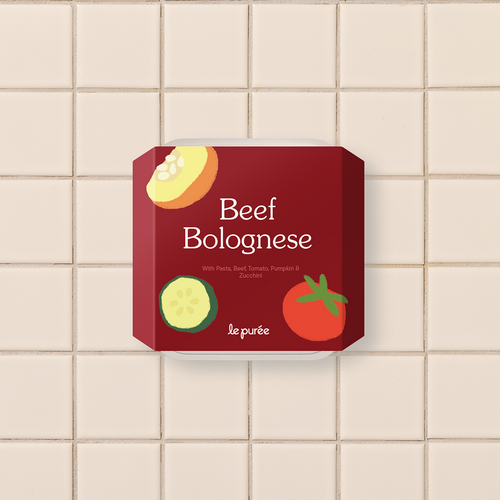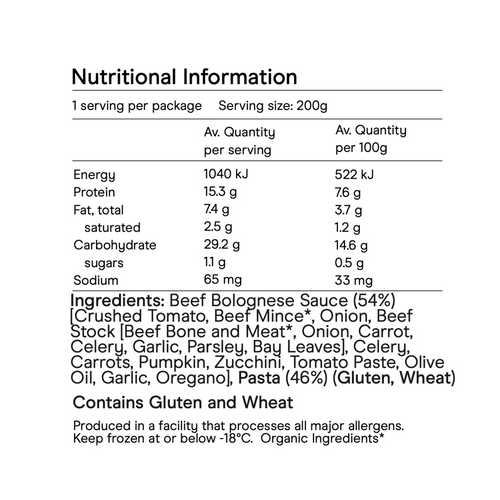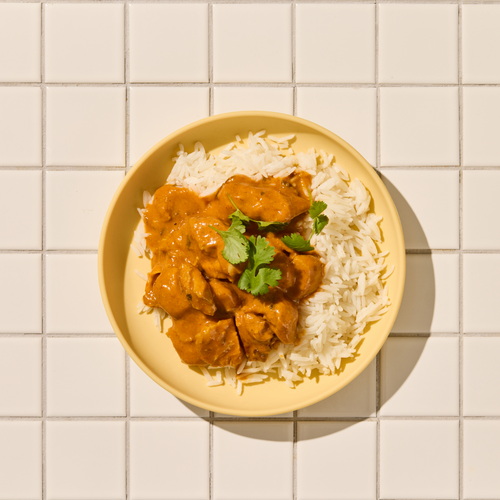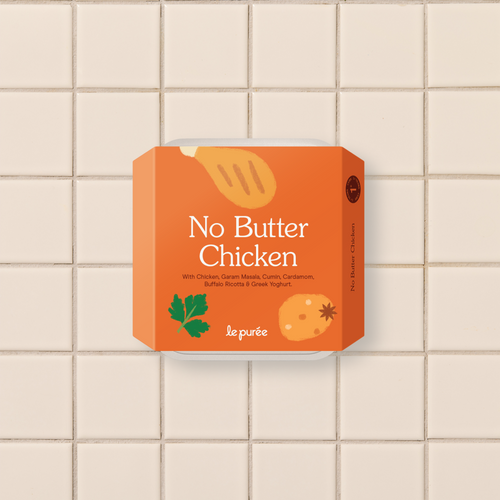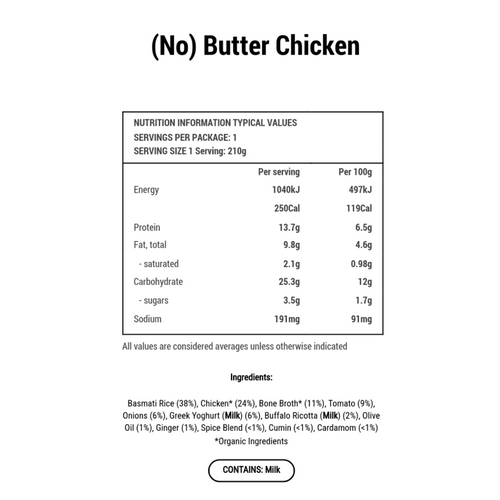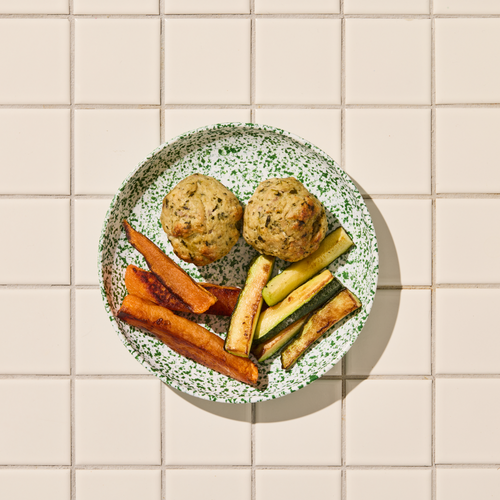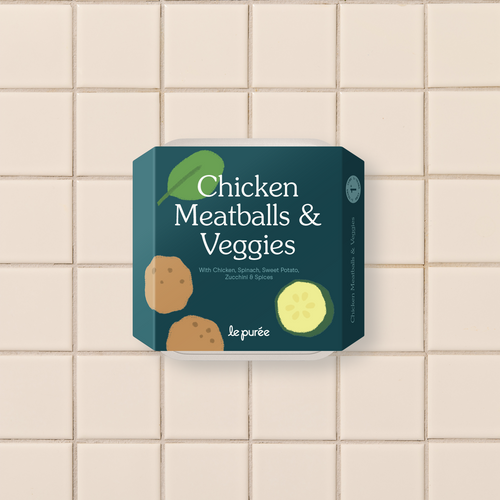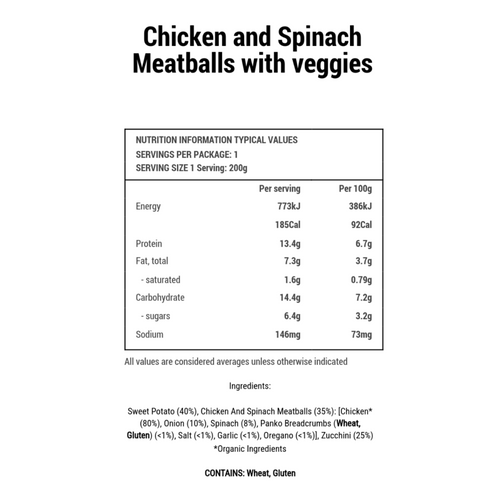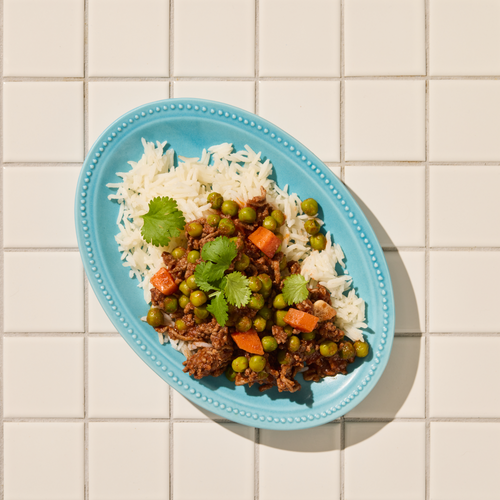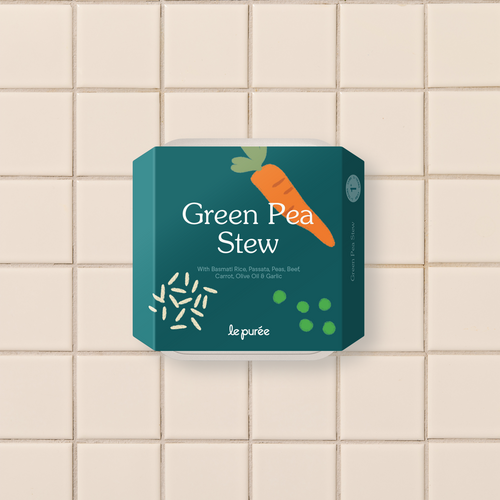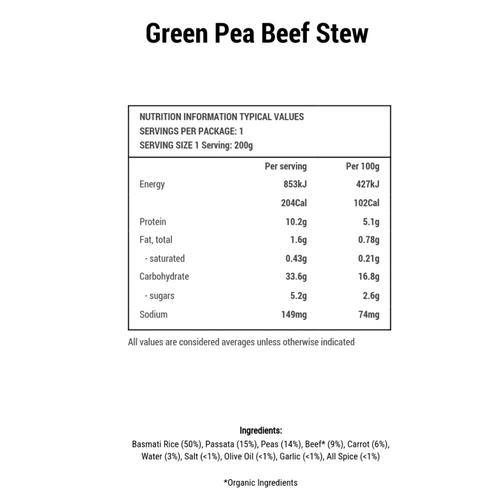What is Sensory Play?
Your body’s sensory system allows you to interact with and make sense of the world. Children learn about their environment by seeing, smelling, hearing, touching, tasting, and moving around in it. Sensory play is any activity that provides a child with opportunities to stimulate one or more of their senses in a fun, playful way. Going outside, for example, and seeing natural surroundings, listening to sounds, feeling different textures, and smelling various plants is a sensory-rich experience that supports a child’s cognitive, physical, social, and emotional development.
Advantages of Sensory Play
- It fosters cognitive growth
- Hones fine and gross motor abilities
- Builds attention span and memory
- Improves problem-solving skills
- Encourages creativity and exploration
- Promotes social-emotional regulation
- Furthers language development
- And, it’s fun!

Sensory Play and Feeding
Eating involves many of the senses. Before you take a bite of food, you notice how it looks, smells, and feels. From there, you may taste a small sample before deciding if you’ll take a larger bite. With familiar foods, this can happen quickly and automatically. But, for a child, who is discovering many new foods and textures, the process will likely happen more slowly. Incorporating foods into their sensory play can encourage exploration, acceptance, and a more varied diet.

Here are three simple ways children age 3 and older can engage in sensory play with pasta and a few household items:
Touch and Sound Sensory Bin 🥄
Fill a container with uncooked pasta and some age-appropriate cups, spoons, and small playthings. As your child scoops, pours, and fills the cups and digs to find the toys, they’ll learn about sound and texture and practise fine motor and visual skills. Older children can dig to find letters that create a word or pieces to complete a puzzle.
Musical Instruments 🎶
Fill each of three plastic bottles with a different amount and/or type of pasta. Close the bottles securely and explore the different sounds of each “musical instrument” you’ve created.
Sticky Spaghetti Sensory Bin 🍝
Cook and cool some spaghetti, then divide it among four resealable bags. To each bag add a few drops of water. Then squeeze in a few drops of food colouring, using a different hue for each bag. Seal the bags and shake each one gently until the colour fully coats the spaghetti. To minimise transfer of the dye, rinse all the spaghetti and place it in a container. Hide age-appropriate playthings at the bottom of the container. As your child uses their hands or a utensil to look for the toys, they’ll learn about textures and colours and practise fine motor skills. Note: Some children may be sensitive to sticky and/or wet textures. Follow your child’s lead and show them how to explore using utensils or their hands. Keep a cloth nearby for them to wipe their hands as needed.




